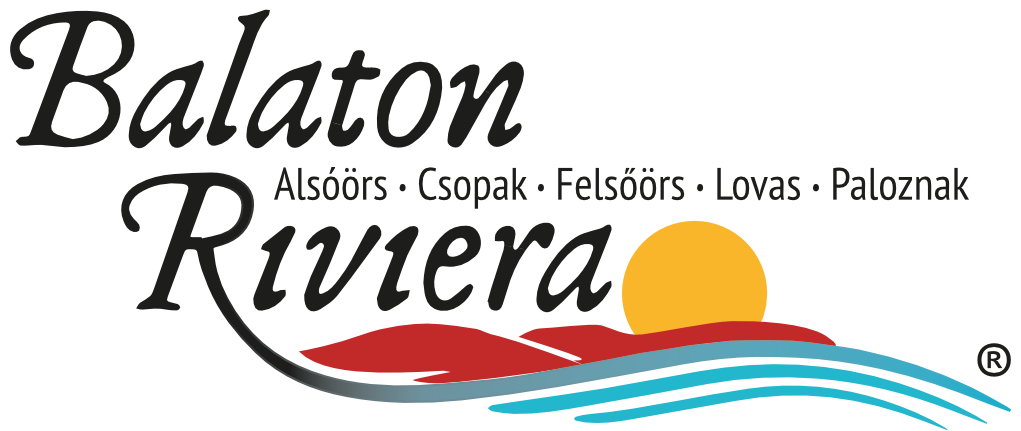Church of St Nicholas in Kövesd
It's a real positive example that somewhere medieval values are not being lost and are being used to make them alive for the people of today.
The village is a popular summer resort and when it comes to its historical landmarks, many people think of the iconic Bone Tower, which has become a symbol of the village. Fewer people may be familiar with Csopak's other church ruin, the ruin of St Nicholas.
It was listed as a functioning church in 1550, but survived in ruins during the Turkish occupation. It was marked as a desert church on a map of 1783. In 1796, the nobles of Kvesd, who had converted to Calvinism, asked the Veszprém Chapter to hand it over to them, but their request was not granted. From the early 1800s it became the barn of the shepherd of kövesd, and a bullfold and the shepherd's house were built next to it. In 1861, the Benedictine monk Rómer Flóris saw it in this state, as a barn with a thatched roof, a triumphal arch and a sanctuary intact.
The church was built in the second half of the 13th century and was a single-nave, village church with a straight-ended sanctuary. The entrance is on the south side, and the red stone doorway is still visible. It was excavated in 1966, when the barn was restored to its original 'church' state. The excavation was led by Dr Ilona Varga and the architectural restoration by Tibor Koppány. In 1967 the ruins were conserved. Bronze Age and Late Bronze Age finds have been found in the vicinity, but no medieval cemetery.
Currently the surrounding well-kept garden is open to the public, the interior of the ruins is enclosed by a metal fence. It is occasionally used by the municipality for events.
